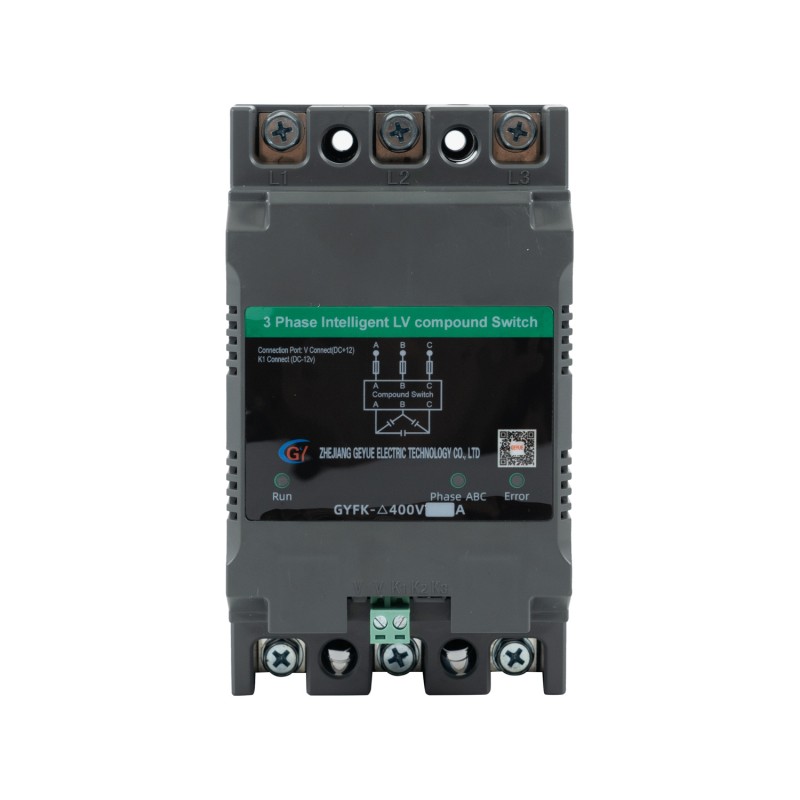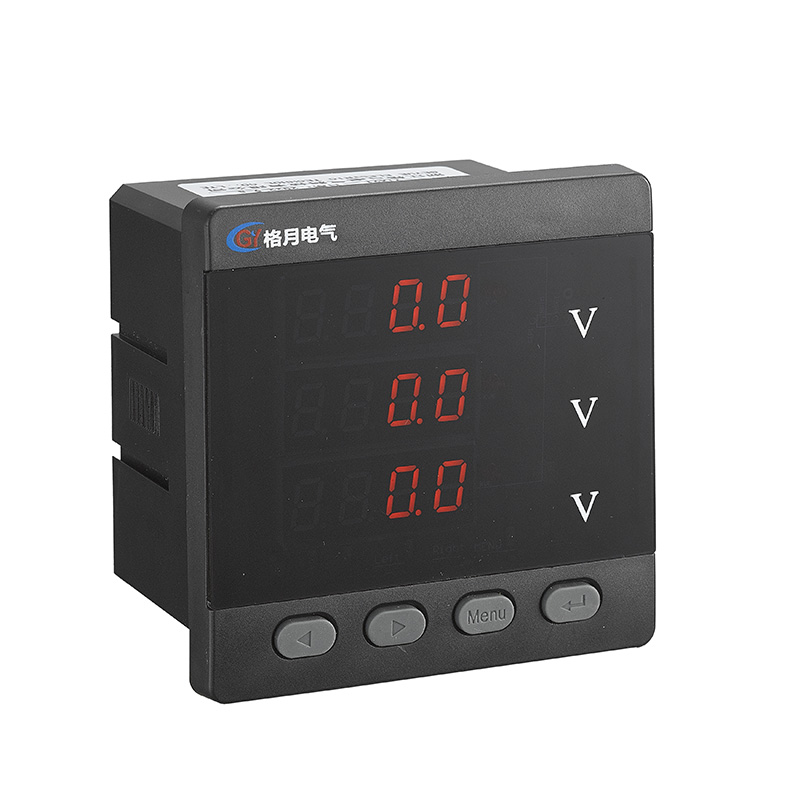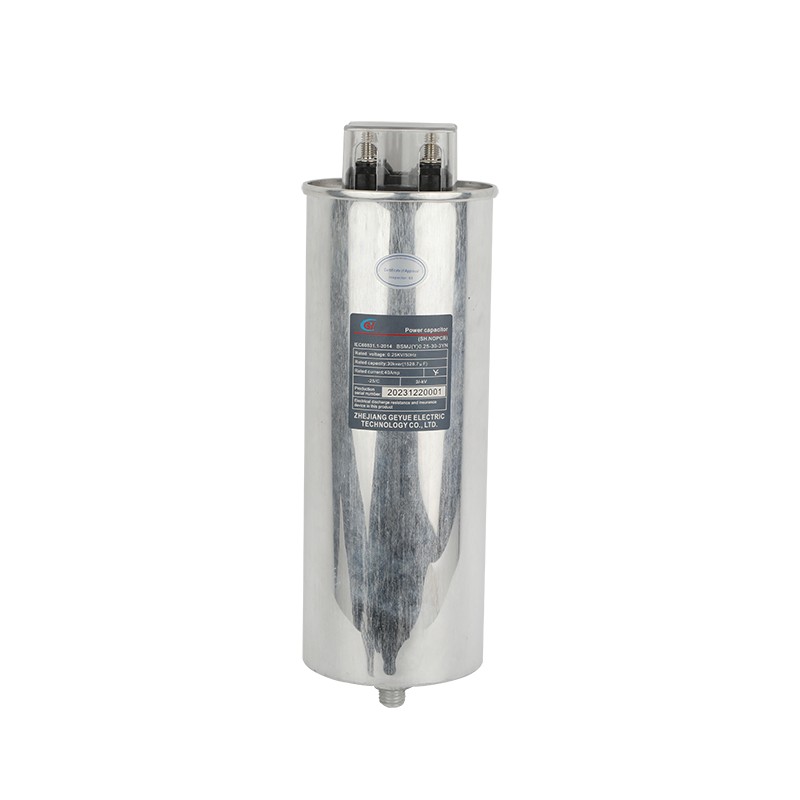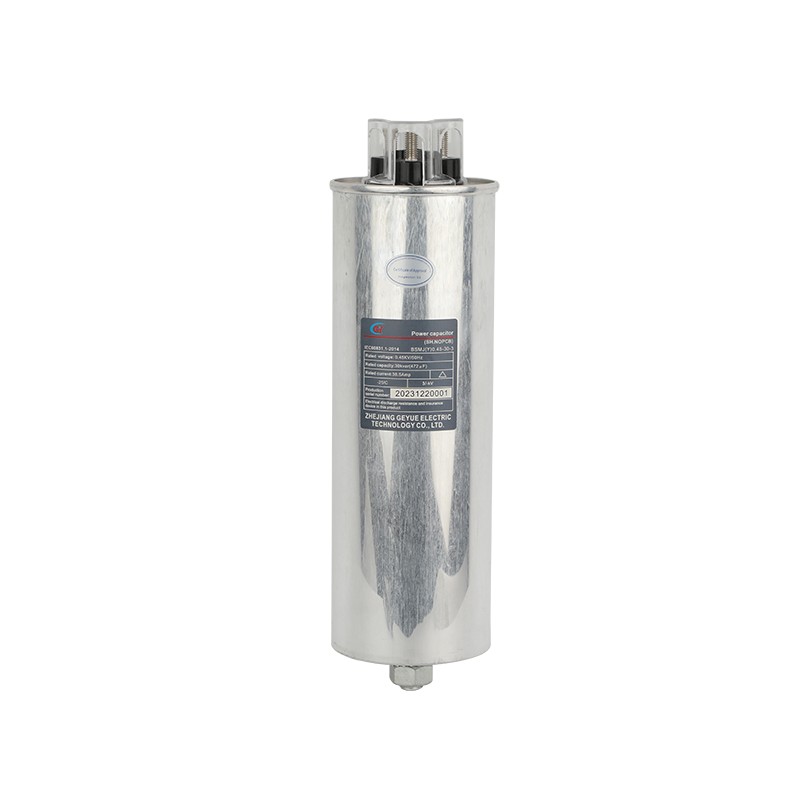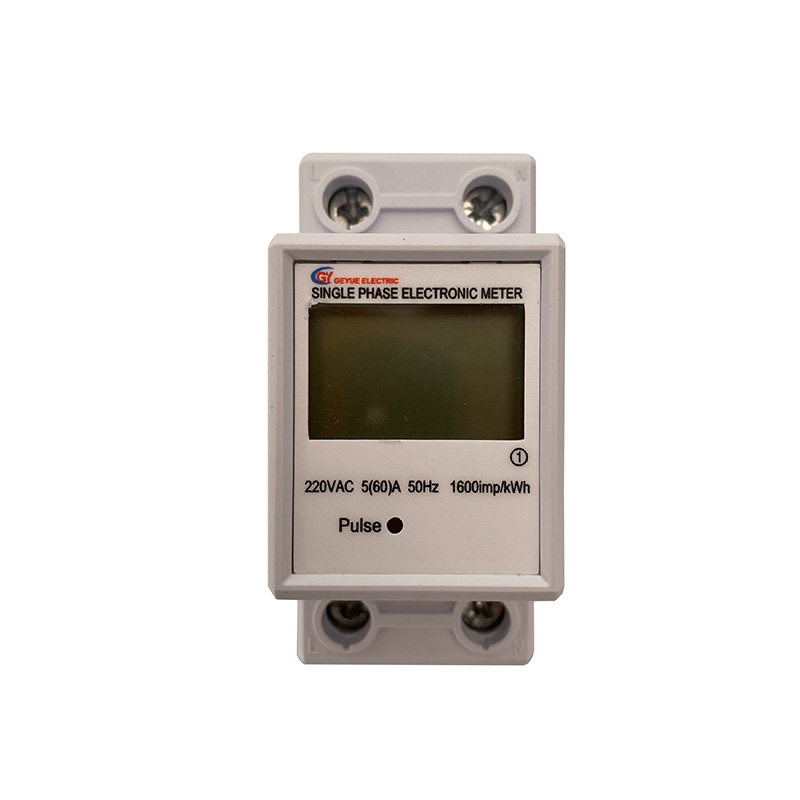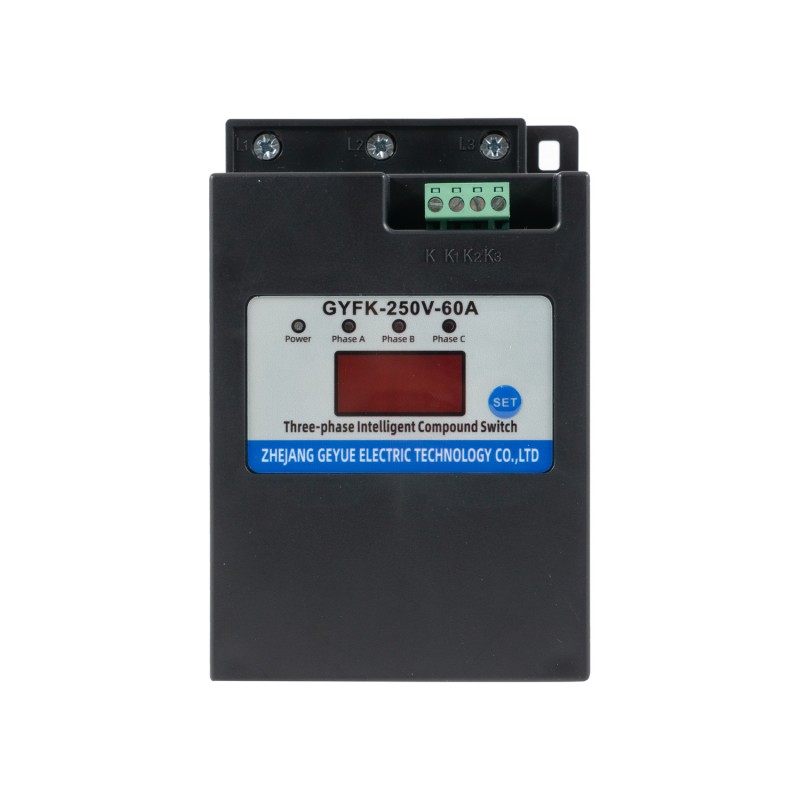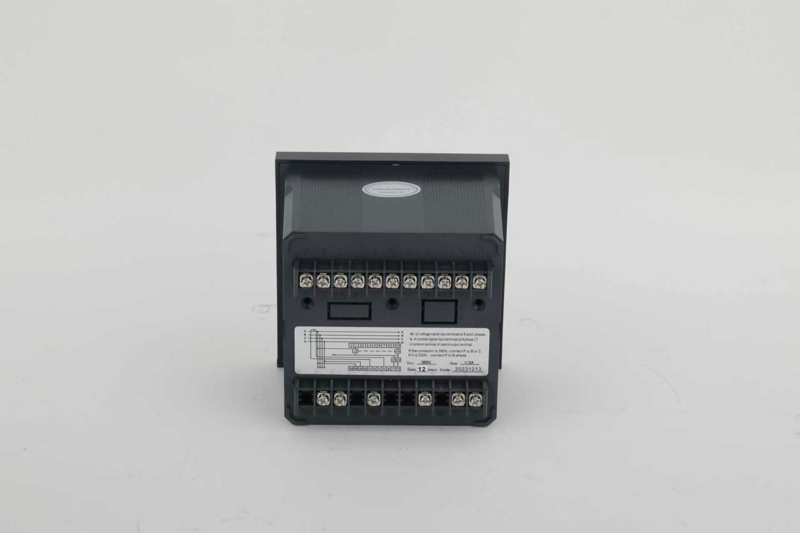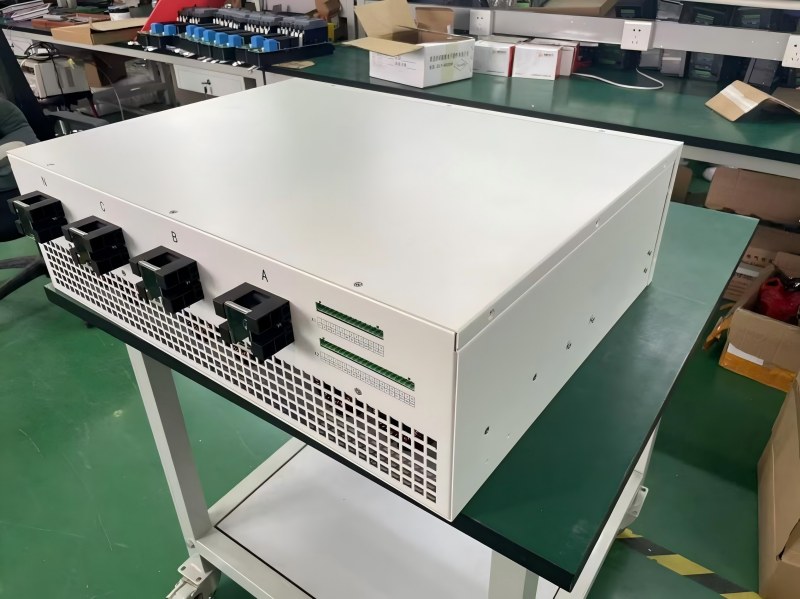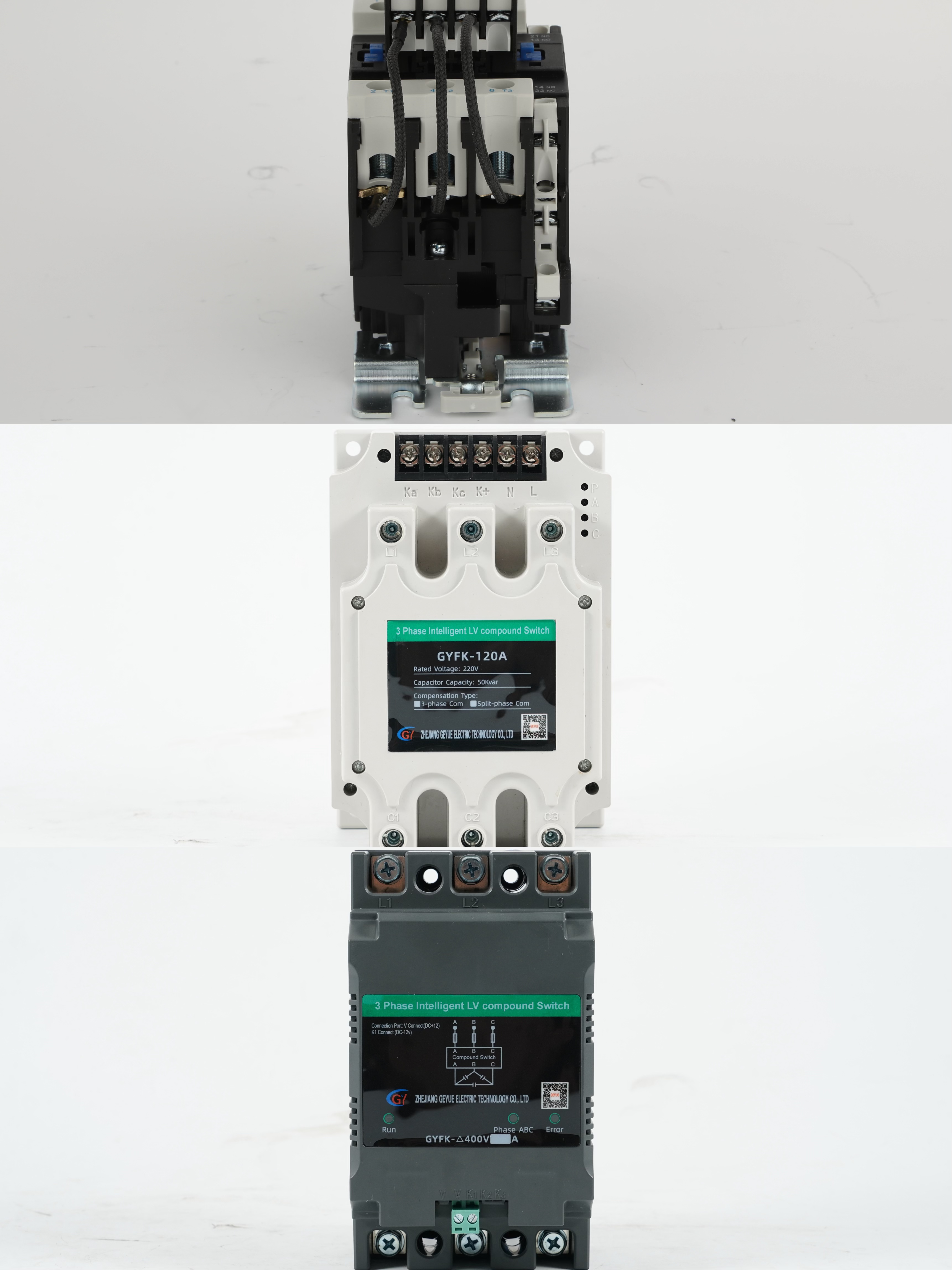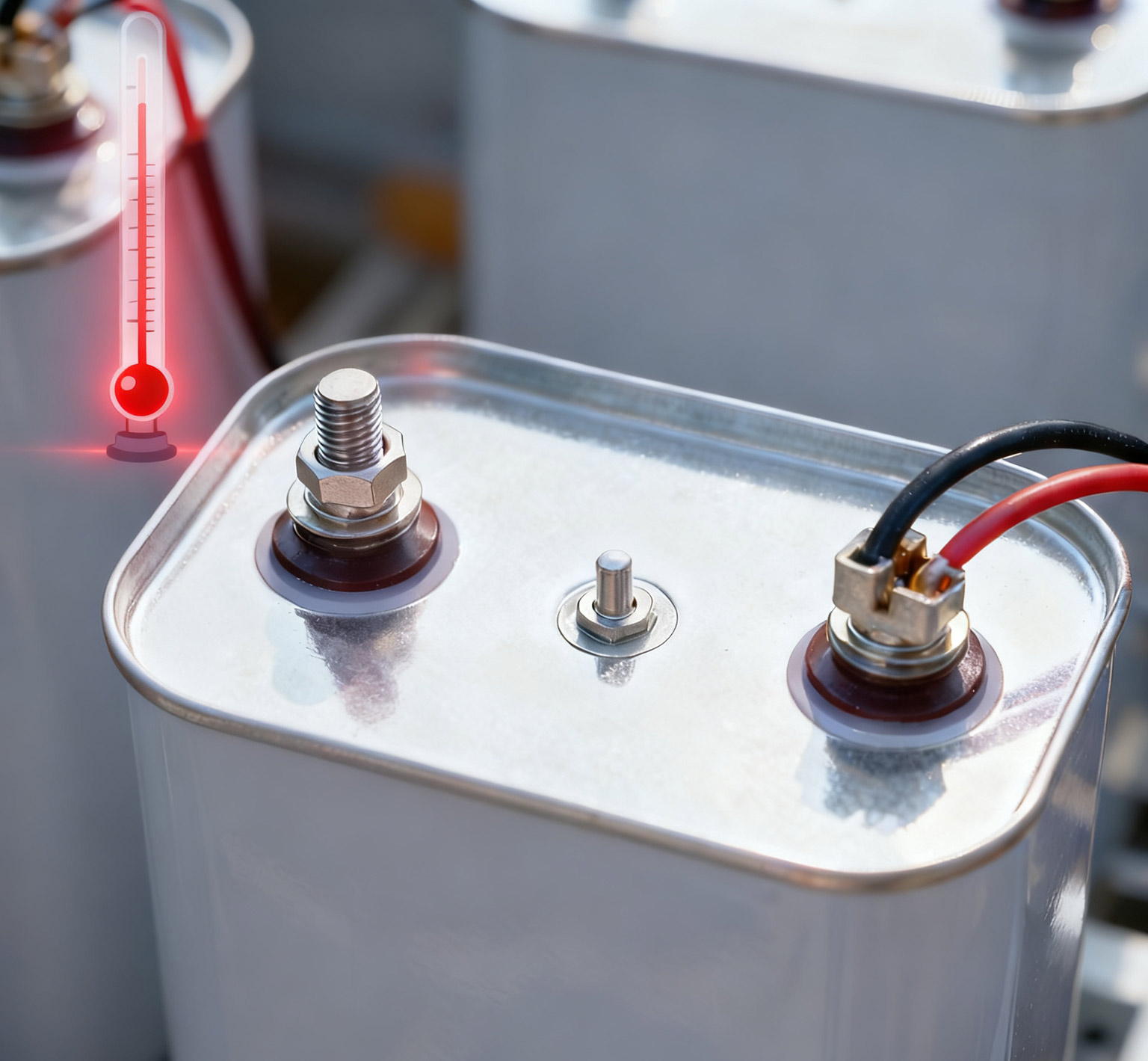How Can the Design of Reactive Power Compensation Systems Help Metallurgical Enterprises Break Through the Bottleneck of Power Consumption Per Ton of Steel?
The metallurgical industry is a typical high-energy-consuming industry, and the level of electricity consumption per ton of steel directly affects production costs and market competitiveness. In this article, Geyue Electric, from the professional perspective of a manufacturer of low-voltage reactive power compensation equipment, will systematically analyze the key influencing factors of electricity consumption in metallurgical enterprises, deeply explore the intrinsic correlation mechanism between reactive power compensation system design and electricity consumption per ton of steel, and propose a comprehensive solution based on dynamic compensation and harmonic control. Through empirical studies of typical loads such as electric arc furnaces and rolling mills, we will verify that the optimized reactive power compensation system can effectively reduce electricity consumption per ton of steel by 3% to 8%, providing a reliable technical path for energy conservation and cost reduction in metallurgical enterprises.

Analysis of Electric Energy Consumption Characteristics in the Metallurgical Industry
The metallurgical production process covers the entire industrial chain from raw material processing to finished product rolling. The characteristics of electricity consumption in each link vary significantly. The electric arc furnace, as the core equipment in the steel-making process, has a working characteristic of periodic impact load. The reactive power fluctuation within a short period can reach 2-3 times the rated capacity. This intense fluctuation leads to voltage flicker and waveform distortion in the power grid, thereby increasing the additional loss of transformers and reducing the efficiency of motors.
The rolling machine system exhibits typical intermittent load characteristics during the processing of steel billets. Frequent start-ups and stops cause significant fluctuations in power factor within the range of 0.3 to 0.8. The measured data shows that when the power factor is lower than 0.7, the comprehensive power consumption of the rolling production line increases by 12% to 15%. In addition, the large number of variable frequency drive devices commonly found in metallurgical enterprises not only bring high process control accuracy but also inject abundant harmonic currents into the power grid. These non-fundamental components further exacerbate the power transmission loss.
The Quantitative Relationship between Reactive Power Compensation and Energy Consumption
The theory of power systems indicates that the transmission of reactive power not only occupies the capacity of power supply equipment, but also converts into actual energy loss through the thermal effect of current. In the 10kV power distribution system of a metallurgical enterprise, the annual energy loss due to each 1kvar of reactive current during transmission can reach 800-1000 kWh. For a steel enterprise with an annual output of one million tons, this hidden loss can accumulate to several million kilowatt-hours of electricity.
The dynamic reactive power compensation device can stabilize the power factor at above 0.95 by real-time tracking of load changes, thereby reducing the losses of transformers and lines by 30% to 40%. Especially during the electric arc furnace smelting process, the fast-response SVG device can suppress voltage fluctuations within 3% and prevent the lag in electrode adjustment caused by voltage drops. This feature alone can shorten the smelting time of each steel furnace by 4 to 6 minutes, and directly reduce the electricity consumption per ton of steel by approximately 15 kWh.
Key Technological Innovations in System Design
Due to the particularity of metallurgical loads, modern reactive power compensation systems need to break through the limitations of traditional technologies. The dynamic compensation device based on silicon carbide power components has already broken through the 5-millisecond barrier in response time and can precisely follow the millisecond-level power changes of electric arc furnaces. The application of multi-level topologies enables the compensation capacity to be modularly expanded to several tens of Mvar, meeting the requirements of large steel-making workshops.
The collaborative design of harmonic control and reactive power compensation is of great significance. In the rolling workshop, a hybrid system of APF and SVG is adopted, which can not only filter out the 5th and 7th harmonics generated by the frequency converter, but also dynamically compensate for the fundamental reactive power. The case of a special steel enterprise's transformation shows that this integrated solution has increased the power factor of the rolling production line from 0.68 to 0.97, reduced the electricity consumption per ton of steel by 6.3%, and achieved an annual electricity saving benefit of over 8 million yuan.
Engineering Implementation and Energy Efficiency Verification
The successful energy-saving transformation begins with precise energy consumption diagnosis. By continuously collecting load curves of each process through the power quality monitoring system, a correlation model between tonnage steel electricity consumption and power factor is established. Data analysis reveals that in the continuous casting process, for every 0.1 increase in power factor, the combined electricity consumption of fans and pumps can be reduced by 2.1% to 2.8%.
The layout strategy of the compensation device directly affects the energy-saving effect. In the electric arc furnace workshop, a hierarchical design of "local compensation on the secondary side of the transformer + centralized compensation on the 10kV busbar" was adopted. This not only suppresses voltage flicker but also reduces reactive power circulation. The practice data of a certain steel mill show that this distributed architecture reduces the power consumption per ton of steel by 1.2 percentage points compared to the traditional scheme. The introduction of the intelligent control system further optimizes the switching sequence of capacitors, predicts the smelting cycle through machine learning algorithms, and enables the early adjustment of the compensation strategy.
Future Technological Development Directions
With the transformation of metallurgical processes towards greening and intelligence, reactive power compensation technology is facing new development opportunities. The application of digital twin technology allows for the simulation of energy consumption characteristics under different production conditions in a virtual environment, providing scientific basis for optimizing the parameters of the compensation system. The combination of 5G communication and edge computing will enable collaborative energy-saving control across processes, and build a full-factory-level energy internet.
The breakthrough in wide bandgap semiconductor materials is expected to further reduce the loss of dynamic compensation devices by 40% - 50%. The capacitors made of new dielectric materials can have a service life of over 15 years, significantly reducing maintenance costs. These technological advancements will continue to drive the decrease in tonnage steel power consumption in the metallurgical industry, helping to achieve the goals of carbon peak and carbon neutrality.
The optimization design of reactive power compensation system is an effective way for metallurgical enterprises to break through the bottleneck of electricity consumption per ton of steel. By adopting dynamic compensation schemes that match the characteristics of production processes, metallurgical enterprises can not only improve the quality of electrical energy but also tap deeper energy-saving potential. Geyue Electric warmly suggests that metallurgical enterprises incorporate the reactive power compensation system into the overall energy efficiency planning in new construction or renovation projects. They should choose equipment suppliers with experience in the metallurgical industry and establish an electrical energy quality governance system covering the entire production process, laying a solid foundation for creating green steel enterprises. If your metallurgical enterprise needs to improve the electrical energy quality of the power system, please contact Geyue Electric at info@gyele.com.cn, the chief electrical engineer of our company will respond to your needs as soon as possible.
- Can Cylinder Self-healing Shunt Capacitor Become the Ideal Choice for the Smart Grid Era?
- Apart from Saving Electricity Costs, What Value does Low-Voltage Reactive Power Compensation Bring to Enterprises?
- How does the Temperature Dependence of a Capacitor's Capacitance Value affect the Tuning Point of a Detuned Filter Circuit?
- Is There a Non-Invasive Way to Monitor the Internal Health of Power Capacitors, Such as Their Equivalent Series Resistance (ESR)?
- What Is the Concept of "Reactive Power Banking" or "Reactive Power Dispatch" in a Smart Grid Context?
- What Are the Recycling and Disposal Plans for Self-Healing Shunt Capacitors after the End of Their Life Cycle?

